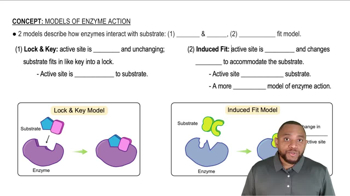Textbook Question
On a dry day, your hair flies apart when you brush it. How would you explain this?
 Verified step by step guidance
Verified step by step guidance Verified video answer for a similar problem:
Verified video answer for a similar problem:



 1:44m
1:44mMaster The Atom (Simplified) Concept 1 with a bite sized video explanation from Jules
Start learning